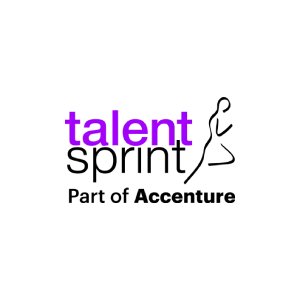Becoming a Data-Driven Leader in the Age of Intelligence Through Business Analytics

“It is a capital mistake to theorize before one has data.”
— Arthur Conan Doyle
By embedding data and AI into its logistics network, Amazon forecasts demand for hundreds of millions of products daily, reallocates inventory in real time, and dynamically reroutes deliveries. The result? Fewer stockouts, faster promises, lower costs, and even greener operations. Amazon’s playbook is a glimpse of what AI-powered business analytics can do everywhere by streamlining processes and giving leaders the ability to see around corners, act with confidence, and steer boldly in an uncertain world.
In this new era, data is the most valuable currency. A strong data culture is the foundation of both business and AI success. Without it, even the most ambitious digital strategies risk failure. Collaboration between data, analytics, and AI has therefore become the new leadership imperative in what many now call the Age of Intelligence.
A recent 2025 survey found that 100% of enterprises now rank better decision-making through insights as their top priority, surpassing even automation. That single data point signals a profound shift towards seeking intelligence.
Old Ways Don’t Cut It Anymore
Traditional leadership often relied on experience, instinct, and historical patterns. But in a world defined by constant disruption, it’s no longer enough. The new mandate is clear: leaders must shift to data-anchored decision-making.
This transformation doesn’t mean leaders must become data scientists. Rather, they must become translators by converting analytics outputs such as models, forecasts, and visualizations into business strategy, culture, and action.
True leadership today is about creating a data culture where decisions are evidence-based, accountability is measurable, and learning is continuous. Without this, organizations risk falling prey to bias, blind spots, and delayed reactions that lead to strategic lag.
Business analytics literacy has therefore become a defining trait of successful organizations. Leaders who can interpret data and guide their teams with clarity will consistently outperform those who rely on gut feeling.
So, what should senior management do now?
- Lead by example: Demonstrate the value of data by using it in your own decision-making and demanding measurable outcomes.
- Assess your analytics maturity: Evaluate your culture, data infrastructure, and talent capabilities to understand where your organization stands.
- Integrate analytics everywhere: Embed analytics into strategic planning, budgeting, and governance instead of pilot projects or isolated functions.
AI-powered analytics is the new differentiator, interpreting patterns, predicting outcomes, and guiding sharper, faster decisions. It delivers clarity by cutting through data noise in real time, exposes hidden inefficiencies, drives smarter pricing and personalized experiences, and strengthens resilience through predictive foresight. In short, it helps leaders act with precision, agility, and confidence in a volatile world.
The Danger of Falling Behind
In the Age of Intelligence, complacency is costly. When peers are doubling down on analytics investment, standing still means being left behind. Competitors embedding advanced analytics into their core operations will out-learn, out-adapt, and outcompete. The consequences of inaction (missed trends, poor customer experiences, inefficiencies) compound over time, quietly eroding margins and market relevance.
In many cases, the cost of delay might be higher than the cost of transformation.
Also Read: How Leaders Are Using Business Analytics to Drive Future-Ready Leadership?
Conclusion
The AI-and-analytics era rewards the prepared and punishes the passive. Leadership today means being data-fluent (able to question, interpret, and act on insights with confidence).
For those serious about leading this transformation, structured learning is key. The Business Analytics for Senior Management program by IIM Calcutta, in collaboration with TalentSprint, is designed precisely for this purpose.
Created exclusively for senior executives, this deeply application-oriented program combines strategic frameworks with real-world analytics practice. With 75% of sessions held on campus, participants gain the advantage of rich peer learning, direct faculty engagement, and hands-on problem solving.

TalentSprint
TalentSprint is a leading deep-tech education company. It partners with esteemed academic institutions and global corporations to offer advanced learning programs in deep-tech, management, and emerging technologies. Known for its high-impact programs co-created with think tanks and experts, TalentSprint blends academic expertise with practical industry experience.



